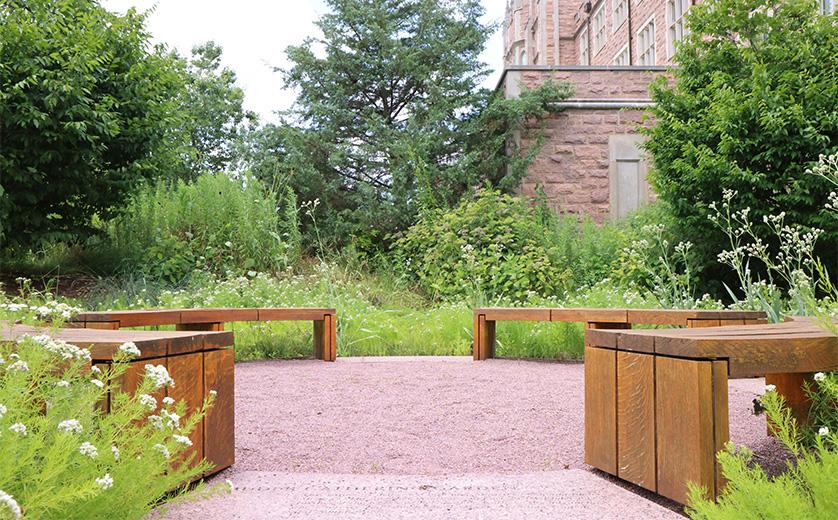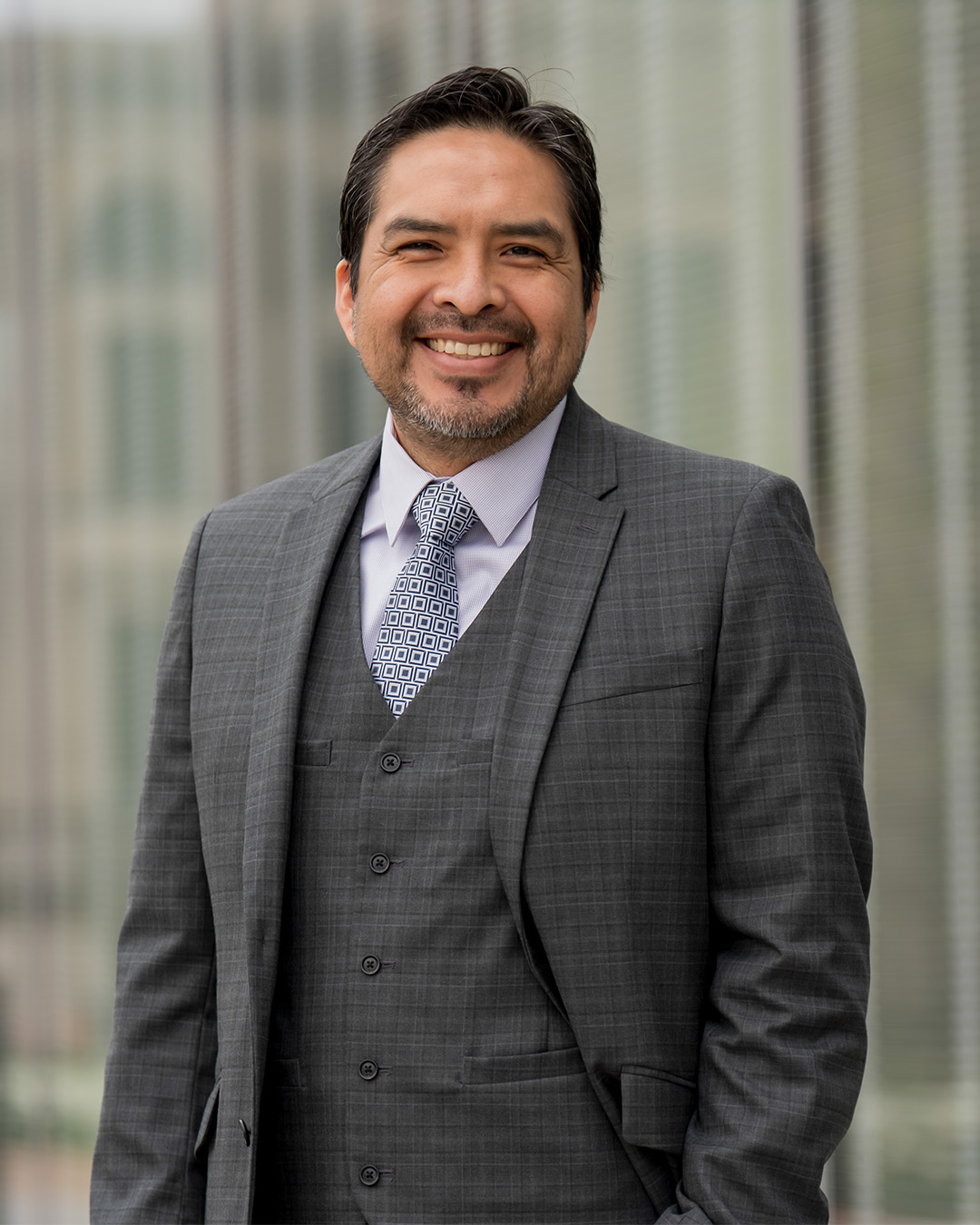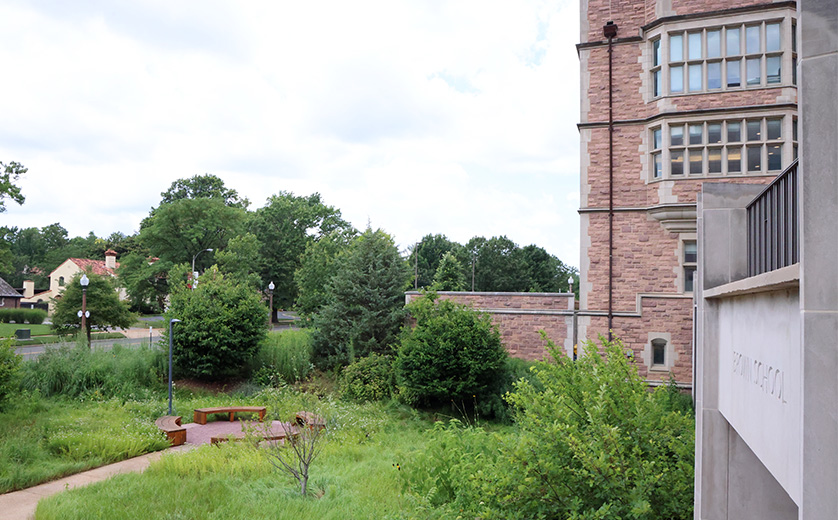Near Hillman Hall, just steps from Forsyth Boulevard, a garden welcomes visitors into a calming, natural retreat. Nestled among trees, native sweetgrass, and coneflowers, the Buder Circle & Three Sisters Garden offers a tranquil space centered around corn, beans, and squash; plants deeply rooted in Indigenous agricultural traditions. This garden is one of 15 newly designated “Connection Points” across WashU’s Danforth Campus, part of a broader effort led by the Brown School’s Kathryn M. Buder Center for American Indian Studies.

These spaces are the result of the Arboretum/Mental Health Space project, an initiative developed by students in the Sustainability Exchange, a capstone course for Environmental Analysis majors. The project reimagines familiar campus areas as mental health spaces where students, faculty, and visitors can find psychological safety and tranquility while honoring Indigenous history. Each site features native plants and shares the significance they hold for Indigenous communities.
“One goal of this project is to reintroduce the Indigenous names and uses of the plant species that make up WashU’s arboretum,” explained Manasseh Begay, faculty advisor to the project, member of the White Mountain Apache Tribe and Diné, and research manager for the Buder Center.

“This is a small but meaningful step toward giving Native communities the respect and representation they deserve,” he said.
Research shows that spending time outdoors reduces anxiety and improves mental health. By creating these spaces, the project aims to foster a deeper connection between students and the environment, helping them feel more grounded and at peace.
The Buder Center’s website hosts a Connection Points page with site photos, plant information, and meditation exercises, including some audio guides to help visitors engage more deeply with the space.
“We believe that offering these spaces will not only improve the morale of students but will also encourage students to be more mindful of the planet and act in ways that prioritize conservation,” Begay said.
He also emphasized the importance of acknowledging the university’s colonial history.
“WashU, like most Western universities, comes from a history of colonization and oppression,” he said. “To reconcile with our past, we must integrate our campus with these Indigenous histories. That includes the very structure of our campus. Renaming our trees with those designated by Indigenous tribes is one step towards acknowledging the foundations of our space.”
The 15 connection points span the Danforth Campus, from Hillman Courtyard to Somers Table near Olin Library, and from the Elizabeth Danforth Butterfly Garden at Forsyth Boulevard and Wallace Drive, to the Gulley on the South 40. A self-guided walking tour links all the sites, covering roughly three miles and taking one to one-and-a-half hours to complete.

Project Contributors:
- Manasseh Begay, Faculty Project Advisor
- Victoria Meza, Graduate Project Advisor
- Shelby Negosian, Undergraduate Team Member
- Ally Foster, Undergraduate Team Member
- Odessa Buel, Undergraduate Team Member
- Landon Highbloom, Undergraduate Team Member
- Cameryn Berryhill, Undergraduate Team Member
